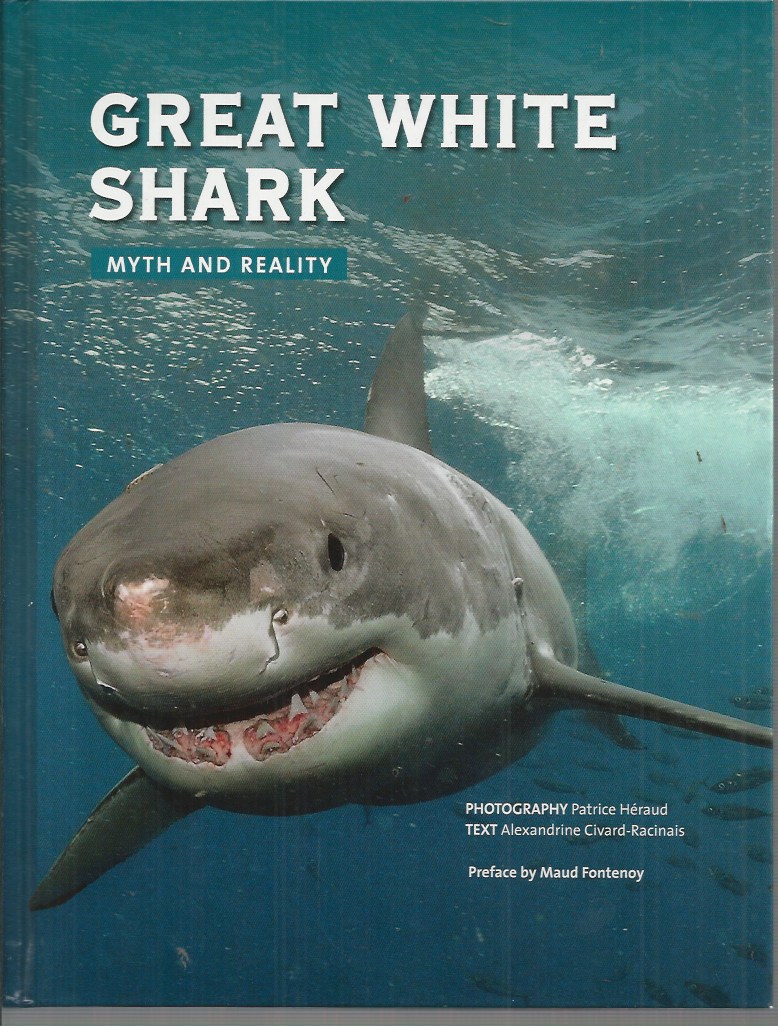FISHES
The 1975 film “Jaws” tragically and erroneously marked the great white shark as a savage man-eating monster. Three decades later conservationists are still trying to dispel that myth. Great White Shark returns the creature to its proper place: that of a wild and powerful predator to be respected. It follows one research team as it tracks tagged great whites, revealing previously unknown behaviours, such as hunting in groups, changing our understanding of this remarkable animal. It also surveys the deadly dangers faced by great white sharks, such as finning and ocean garbage. More than 100 dramatic photographs fill the book’s pages. Topics include: – Range map and essential facts. – The role of the great white shark in marine ecosystems. – 10 myths about great white sharks. – Exceptional sensory organs. – Great white shark attacks. – Identifying individuals. – Transmitter tagging. – Photographing from a shark cage. – Shark protection around the world. Special features provide a wealth of factual information and new insight. Two tagged sharks had their own stories to tell: one travelled a stunning 6,800 trans global miles in just four months; a caged diver saves another from an agonizing death caused by plastic strapping. Four experts – a photographer, ocean biologist, oceanographer and the founder of the White Shark Trust – reflect on the future of the species now living on borrowed time. Great White Shark writes an exciting new chapter in shark research for popular science readers. AUTHOR: Alexandrine Civard-Racinais is a popular-science writer actively involved in environmental issues. 116 colour photographs, maps and tables
pp. 143 #180823 (Name on fep.) Includes National Geographic CD “Ultimate Shark”.
Grand requin blanc, du myth à la réalité. English
